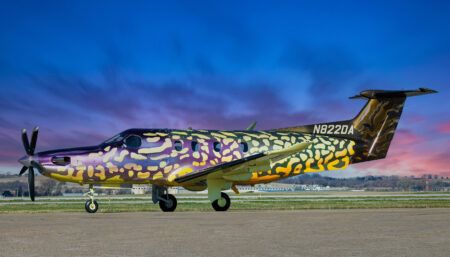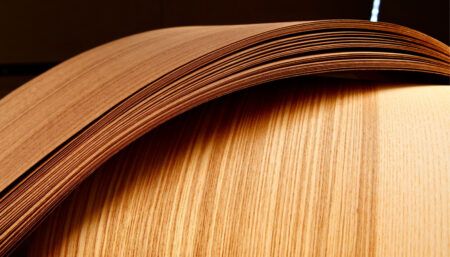Russell Coldiron, Spirit Aeronautics’ new purchasing/material control manager, explains what his role involves
What are your responsibilities?
As the purchasing/material control manager I am responsible for all logistics, procurement, vendor management, inventory control and tooling management, for all our operations.
How similar is this to your previous position at NetJets?
The roles are similar in general terms such as purchasing, inventory control, core returns, vendor relations, etc. However, in my previous position I was responsible for the oversight of the three separate groups in the department that performed these functions and at Spirit we are still growing a single department.
What will be the most challenging part?
Initially it will be learning how to use the software system that Spirit employs. After that it will be optimizing the inventory so that the basic items required by the production departments (interiors, avionics and maintenance) are available, while ensuring that finances are kept under control.
How important is it to optimize the supply chain?
The logistics involved with any growing organization can be challenging. By optimizing procedures and processes, we can help our production teams achieve their goals. It truly is a part of the global success of the company.
How will you minimize delays in the supply chain?
By using a full circle approach. We will modify processes and procedures to mitigate delays. We can only do that if we understand items’ lead times and our suppliers’ constraints.
How will you work with other departments in the company?
I have long said that the material department serves two masters – the finance department and the maintenance/production department. The job of the materials department is to satisfy both masters as reasonably as possible. While this is difficult at times, it is not impossible. The finance department wants the smallest inventory possible, to minimize financial impact, while the maintenance/production department expects the material department to carry everything it might ever need. The key is to balance both by analyzing historical data to determine the highly used items, combine this data with projected parts requirements for scheduled maintenance, measure those against financial controls and determine what best suits the needs of both departments. In that way we can have the critical items needed for a job on hand and ensure that one-off items can be obtained in a reasonable time to support the maintenance event. My experience has taught me that if you have the data, analyze it correctly and present it to both masters, they will understand what has to be done to best support the business.
Will you source materials for individual projects or will you be involved in setting up key partnerships with suppliers across multiple projects?
Both, as the situation dictates. We will be sourcing materials for all projects, which will require setting up key partnerships with suppliers.
What do you look for in a supplier?
Integrity, performance, commitment, accountability and innovative solutions. We want to work with suppliers who tell us what we need to hear, not necessarily what we want to hear. We need them to commit and meet their promises. We also need them to stand up and share the pain when they don’t. We also need them to be innovative to help us provide solutions for customers.
Would you work with a non-aviation supplier to certify a new material if requested by a client?
Yes. We have the ability to create STCs as well as certify products. If they have the resources to commit to the process, we have the technical skill and experience to get it done.
What do you look for in a material?
We have two obligations to consider – quality and regulatory. From a quality perspective, we only use items that conform to a design and meet the highest standards. This is especially important with aircraft interior materials. We want top-end, full-grain leather that is highly durable. Fabrics need to have high thread counts and use a dyeing process that mitigates bleeding of any kind. All the materials we select must be highly durable and as lightweight as possible.
What do you check materials for?
From a regulatory standpoint, there are different requirements for different materials and parts that need to be checked. For example, aircraft replacement parts undergo a typical receiving inspection for things such as damage, corrosion and conformance to the purchase order, as well as verification of traceability documentation, which can be in many forms. For materials such as carpet and leather you must check that the specification received is as ordered, including flammability results. Each item must be evaluated based on the requirements for that item and those requirements may change depending on the condition of the items – whether new, overhauled, repaired, etc. They will also differ if the item comes with a parts manufacturer approval (PMA) or technical standard order (TSO), so traceability documentation might be different in each situation.
What attracted you to work at Spirit Aeronautics?
Spirit is a growing company expanding its capabilities to better serve its customers. Along the way, it seems to be doing the right things for the right reasons, for both customers and employees. I think it is a great opportunity to be a part of something bigger than ourselves, plus it just happens to be near my home, which is even better!
Spirit Aeronautics’ services include refurbishment, design, completion, management, engineering, material supply and maintenance.





